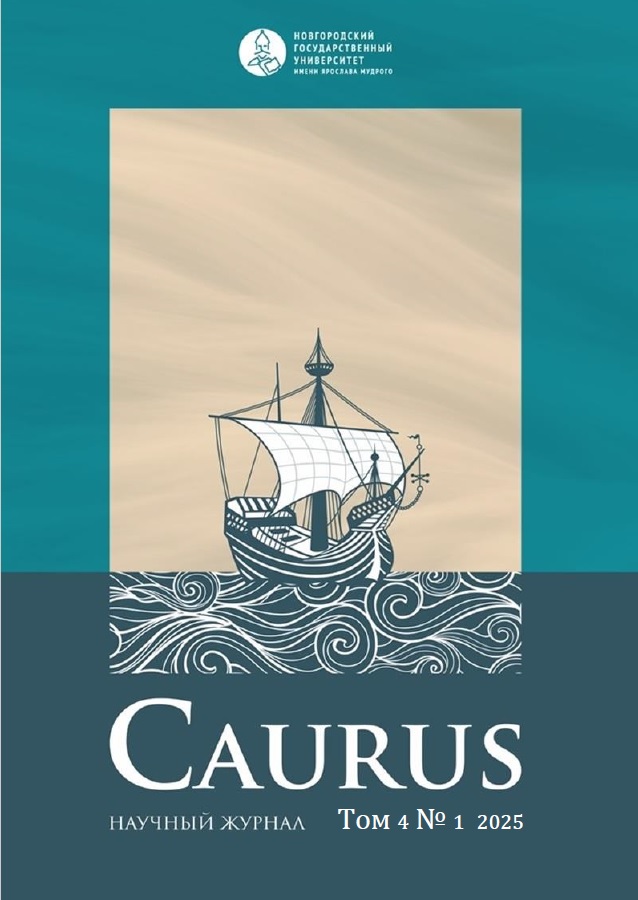Individual judicial precedents between Russian and Hanseatic merchants in Narva during the first half of the 16th century as a source for studying the mechanisms of Hanseatic-Russian trade exchange
DOI:
https://doi.org/10.34680/Caurus-2025-4(1)-27-36Keywords:
Narva, Hanseatic League, Livonian-Russian trade, cross-border exchanges, commercial practice, historic reenactment, methodologyAbstract
The article examines individual judicial precedents involving Russian and Hanseatic merchants in Narva during the first half of the 16th century as a source for the historical reconstruction of cross-border trade mechanisms. Court documents are analyzed not as mere reflections of regulatory frameworks, but as evidence of the practical side of commercial interactions and legal regulation in a borderland context. Particular attention is paid to the validity of inductive generalizations drawn from fragmented and conflict-centered material, as well as to the methodological limitations of this approach. The article also analyzes institutional and behavioral models revealed in the court cases, compares them with other types of sources, and explores the potential of descriptive statistical methods. The study concludes that judicial precedents are a valuable resource for understanding not only the factual aspects of trade, but also the processes of legal formulation, adaptation, and negotiation that shaped cross-border commerce in the early modern Baltic region.







